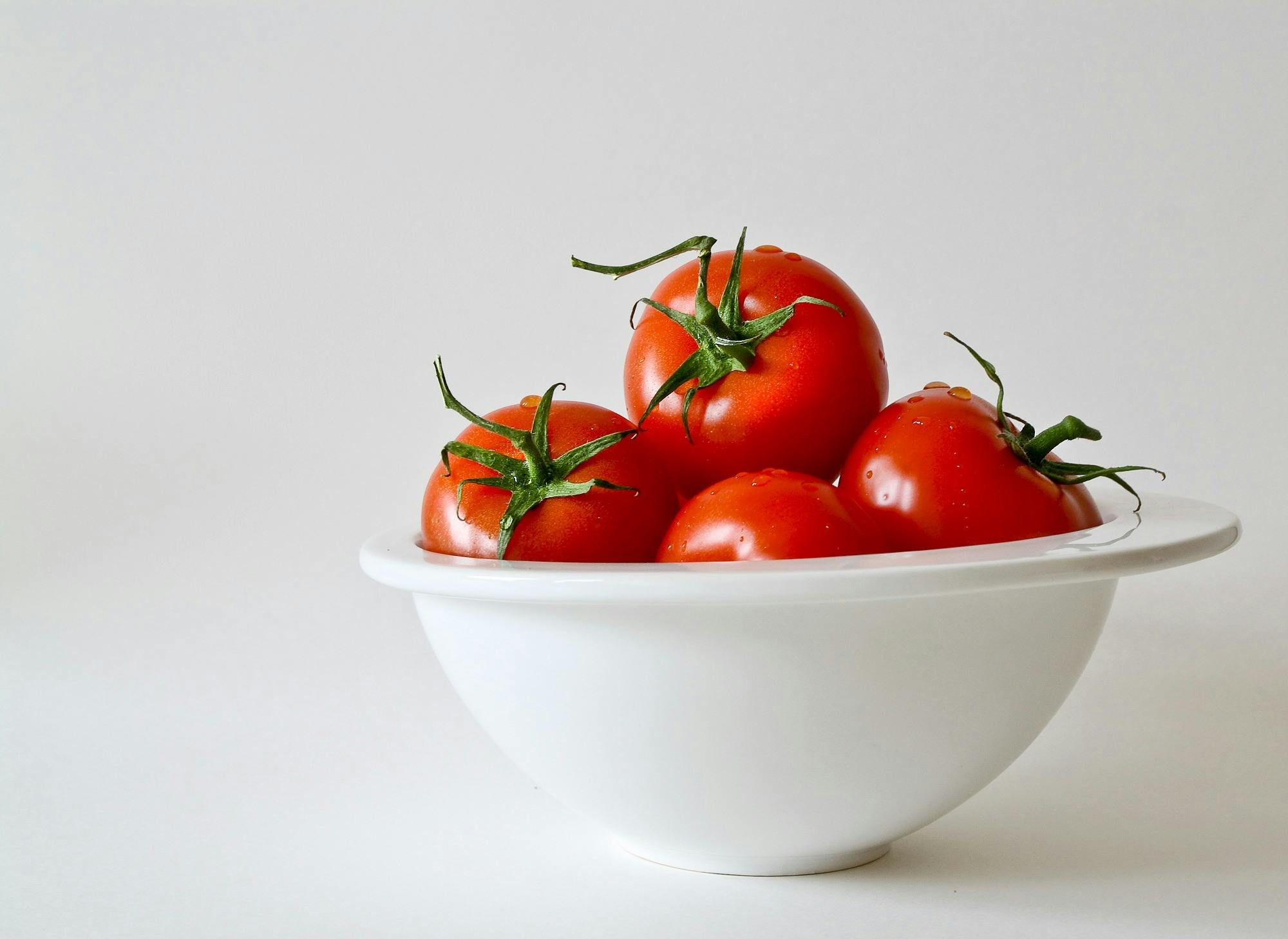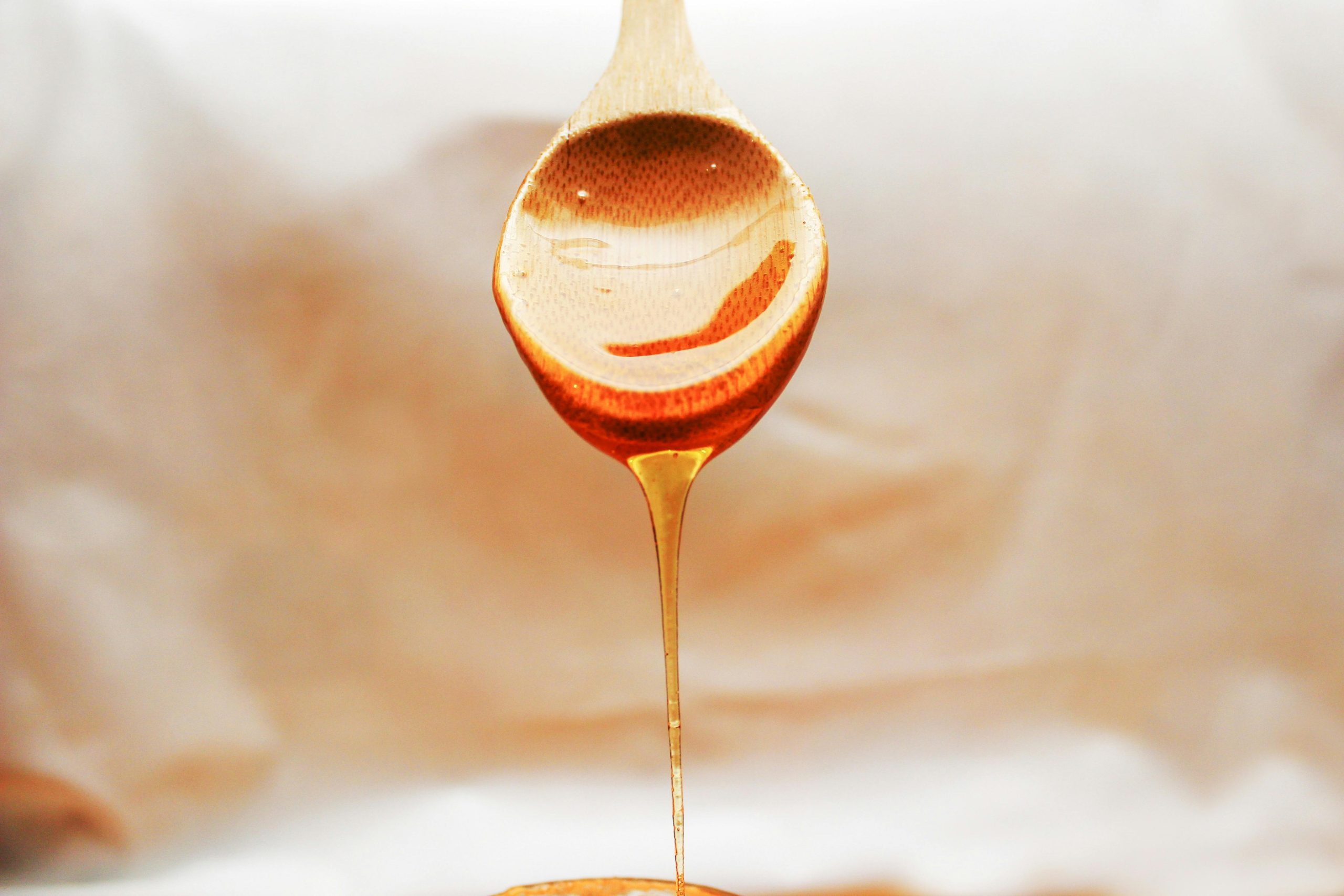Refrigeration is essential for keeping many foods fresh and safe to eat. We automatically store dairy, meat, and leftovers in the cold. However, not all foods benefit from a chilly environment. In fact, for some popular items, refrigeration can actually degrade their texture, diminish their flavor, or even shorten their optimal shelf life. Many of us might be refrigerating certain foods out of habit or misinformation. Knowing which items thrive better at room temperature can improve their quality and save valuable fridge space. Here are 10 popular foods that don’t belong in your fridge.

1. Tomatoes
Refrigerating whole, uncut tomatoes is a common mistake. Cold temperatures halt the ripening process and can significantly dull their flavor. It also damages the membranes inside the fruit walls, leading to a mealy, undesirable texture. Tomatoes are best stored at room temperature, ideally out of direct sunlight, on your counter. Once cut, leftover tomato pieces should then be refrigerated in an airtight container, but aim to use them quickly.
2. Potatoes (Raw, Uncut)
Raw, uncut potatoes (like russets, reds, or Yukon golds) prefer a cool, dark, and well-ventilated place, such as a pantry or cellar. Refrigeration causes their starches to convert into sugar more rapidly. This results in a strangely sweet taste and a gritty or waxy texture when cooked. Keep them out of the fridge. Store them away from onions, as gases from onions can hasten potato sprouting.
3. Onions (Whole, Unpeeled)
Whole, unpeeled onions also do best in a cool, dark, dry place with good air circulation – not the refrigerator. The fridge’s humid environment can cause them to soften, sprout, or even mold more quickly. Store them in a mesh bag or open basket in your pantry. However, once an onion is cut or peeled, the leftovers should be wrapped tightly and refrigerated to prevent odor transfer and maintain freshness.
4. Garlic (Whole Bulbs)
Similar to onions, whole, unpeeled bulbs of garlic should be stored at room temperature in a cool, dark, dry spot with good airflow. Refrigeration can trigger sprouting and may lead to a rubbery texture. A garlic keeper (a ceramic container with ventilation holes) or an open basket in the pantry works well. Once cloves are peeled or chopped, they should be refrigerated in an airtight container and used promptly.
5. Bread (Most Types, for Short-Term Storage)
For short-term storage (a few days), most types of bread are best kept at room temperature in a bread box or well-sealed bread bag. Refrigeration causes bread to go stale faster due to a process called retrogradation, where starch molecules recrystallize. If you need to store bread for longer, it’s better to freeze it (well-wrapped) and then thaw or toast slices as needed, rather than refrigerating the loaf.
6. Honey

Honey is a natural preservative and does not require refrigeration. In fact, cold temperatures cause honey to crystallize and become very thick, making it difficult to pour. Store honey tightly sealed at room temperature in your pantry. If your honey does crystallize over time, you can gently warm the jar in a bowl of warm water to re-liquefy it.
7. Avocados (Until Ripe)
Hard, unripe avocados should be left at room temperature to ripen properly. Placing them in the refrigerator significantly slows down or halts the ripening process. Once an avocado reaches your desired level of ripeness (yields to gentle pressure), you can then transfer it to the refrigerator to extend its usability for a few more days. But don’t chill them before they’re ready.
8. Bananas (Unpeeled)
Unpeeled bananas are best kept at room temperature. Refrigeration can cause their skins to turn dark brown or black prematurely, even though the fruit inside might still be okay. The cold also interferes with the natural ripening process. If you want to slow down the ripening of already ripe bananas slightly, you can refrigerate them, but expect the peel to darken. For overripe bananas, peel and freeze them for smoothies.
9. Coffee Beans or Ground Coffee
Coffee (both whole beans and ground) readily absorbs odors and moisture from its surroundings. The refrigerator is a humid environment full of various food smells. Storing coffee in the fridge can lead to it picking up unwanted flavors and can cause condensation, which degrades quality. Coffee is best stored in an airtight container at room temperature in a dark place, like a pantry or cupboard, for optimal freshness.
10. Winter Squash (e.g., Butternut, Acorn, Spaghetti)
Hard-skinned winter squashes like butternut, acorn, spaghetti, and delicata have a long shelf life when stored properly. They prefer a cool, dark, dry place with good ventilation, similar to potatoes and onions, not the refrigerator. Their thick skins protect them. Refrigeration isn’t necessary until they are cut. Once cut, wrap the pieces in plastic or store them in an airtight container in the fridge.
Optimizing Freshness Through Proper Storage
Knowing which foods don’t belong in your fridge can significantly improve their taste, texture, and longevity, while also freeing up valuable cold storage space. For items like tomatoes, potatoes, onions, garlic, bread, honey, unripe avocados, bananas, coffee, and winter squash, room temperature storage is often best. Always remember that once these items are cut, peeled, or cooked, leftovers should then typically be refrigerated for safety. Rethinking your storage habits can lead to better-tasting food and a more efficient kitchen.
Are there any other common foods you believe people unnecessarily refrigerate? What are your best food storage tips for maintaining freshness and flavor? Share your kitchen wisdom below!
Read More
Should SNAP Benefits Be Restricted to Healthy Foods Only?
Fast Food Employees Warn Against Ordering These 8 Foods
The post 10 Popular Foods That Don’t Belong in Your Fridge (But You’re Doing It Anyway) appeared first on Grocery Coupon Guide.







